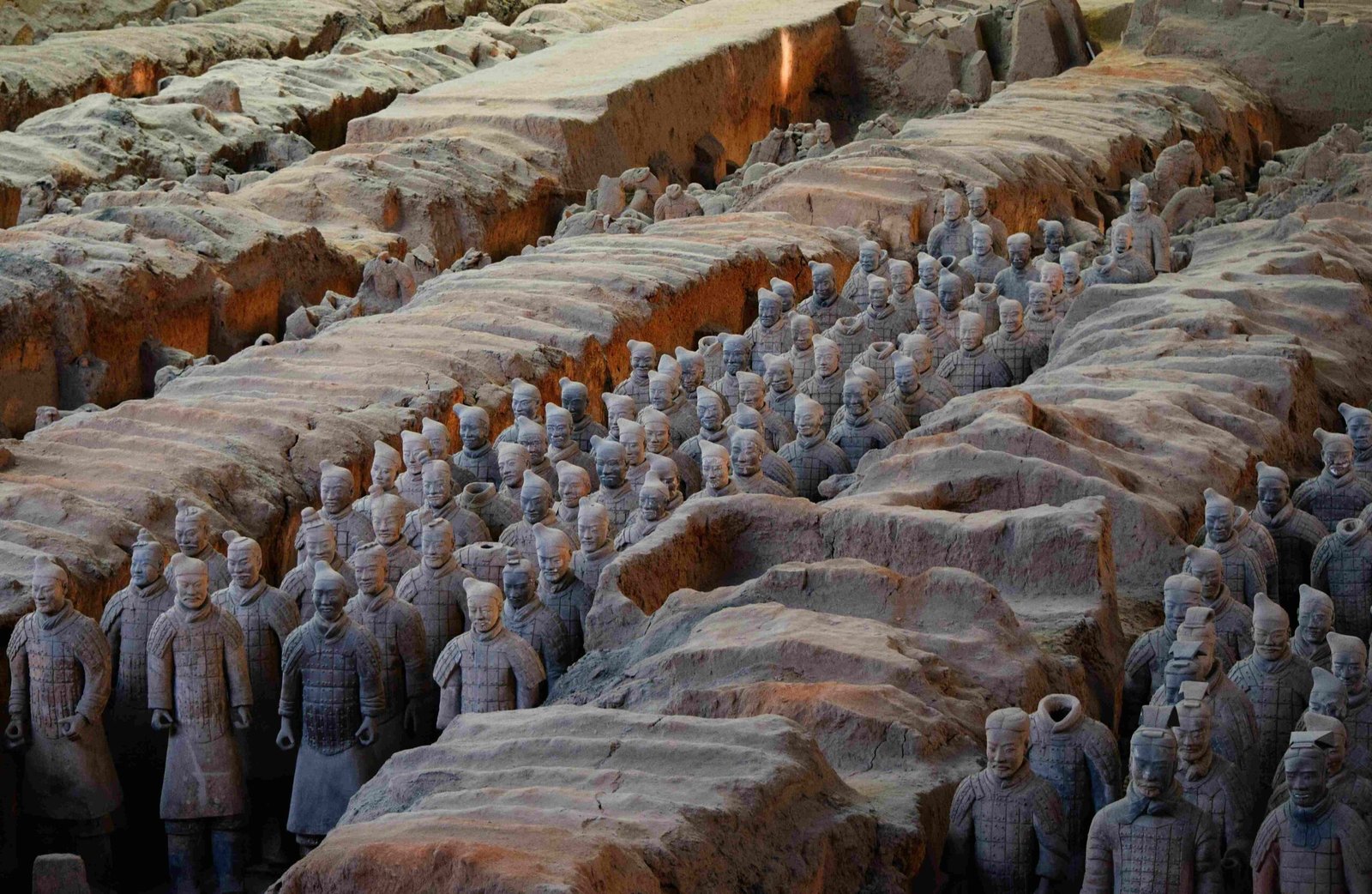Amazigh
The Resilient Spirit of Amazigh Culture

The Amazigh people, often referred to as Berbers, are the indigenous inhabitants of North Africa, boasting a rich history that predates recorded time. Stretching across countries like Morocco, Algeria, Tunisia, and Libya, the Amazigh community has preserved its distinct identity through vibrant traditions, language, and artistry. This article delves deep into the beauty of Amazigh culture, from their crafts and jewelry to their ongoing struggle for rights and cultural recognition.
Who Are the Amazigh?
The name “Amazigh” translates to “free people,” reflecting the community’s resilience and independence throughout history. Despite invasions and assimilation attempts by various empires, the Amazigh have maintained their unique identity. Today, their population is estimated at over 30 million, with many still residing in North Africa’s rural mountain and desert regions.
Amazigh Dialects
Tamazight, the Amazigh language, is spoken in several dialects across North Africa, including Tachelhit, Kabyle, and Tarifit. Written in the ancient Tifinagh script, the language serves as a key element of cultural preservation, connecting modern Amazigh communities to their ancestors.
The Beauty of Amazigh Crafts
1. Amazigh Jewelry
Amazigh jewelry is celebrated for its intricate designs and symbolic significance. Made predominantly from silver, these pieces often include bold geometric patterns and bright stones such as coral, amber, and turquoise. Jewelry serves as more than adornment—it conveys social status, tribal identity, and spiritual protection.
- Necklaces: Often feature pendants that represent fertility and protection.
- Bracelets and Earrings: Signify marital status or wealth.
- Khamsa (Hand of Fatima): A widely recognized talisman for warding off evil.
2. Textiles and Rugs
Handwoven Amazigh rugs are a global treasure. Each rug tells a story through its patterns and colors, often representing personal or communal narratives. The vibrant designs are inspired by nature, daily life, and spiritual beliefs. These textiles are not only functional but also deeply symbolic, with motifs that embody protection, fertility, and harmony.
3. Pottery and Ceramics
Amazigh pottery blends utility with beauty. The pottery’s earthy tones and intricate patterns showcase the artisans’ creativity while reflecting the cultural importance of nature and community. Each piece is crafted with precision, embodying the legacy of ancient techniques.
The Role of Amazigh Women
Amazigh women are the backbone of their cultural preservation. They are the primary creators of jewelry, textiles, and pottery, passing down their skills and knowledge through generations. Their art is not merely decorative; it serves as a means of storytelling and identity.
Beyond craftsmanship, Amazigh women are often the custodians of oral traditions, sharing folktales, songs, and histories that preserve the community’s collective memory. This role highlights their significant contribution to sustaining Amazigh culture in a rapidly modernizing world.
The Symbolism in Amazigh Art
Amazigh art is rich with meaning, with symbols that convey spiritual, natural, and social themes.
- Triangles and Diamonds: Represent femininity, fertility, and protection.
- The Eye: Believed to ward off evil spirits and provide spiritual safeguarding.
- Tifinagh Script: Often used in modern art to emphasize linguistic heritage.
- Spirals: Signify the cyclical nature of life and renewal.
These symbols are present in every medium of Amazigh art, including tattoos, textiles, and ceramics.
Celebrating Amazigh Cuisine
Amazigh food is as rich and diverse as their culture. Traditional dishes include:
- Couscous: A staple in Amazigh households, often served with vegetables and meat.
- Tagine: Slow-cooked stews prepared with fragrant spices and local ingredients.
- Amazigh Bread: Baked in traditional clay ovens, this bread is a daily essential.
Modern adaptations, such as those found on an Amazigh food truck menu, continue to honor these culinary traditions while appealing to contemporary tastes.
Amazigh Rights and Cultural Advocacy
The Amazigh have long fought for recognition and preservation of their language and culture. Advocacy for Amazigh rights has led to significant milestones, such as the official recognition of Tamazight as a national language in countries like Morocco and Algeria.
The “Me Too” Movement in Moroccan Amazigh Communities
Recent movements advocating for women’s rights have intersected with Amazigh activism. Women from Amazigh backgrounds have joined global campaigns like “Me Too,” bringing attention to gender equality and empowerment within their communities.
Celebrating International Amazigh Day
Events like International Amazigh Day shine a spotlight on their culture, highlighting the importance of preserving their traditions in an increasingly globalized world.
Modern Adaptations of Amazigh Art
Today, designers and artists are reinterpreting Amazigh art for contemporary audiences. Fashion brands incorporate Amazigh patterns into their collections, while home decor companies use Tifinagh scripts in their designs. These modern adaptations ensure that Amazigh culture remains relevant and accessible to younger generations.
By blending tradition with innovation, the Amazigh community continues to thrive in the global cultural landscape.
How to Support Amazigh Culture
- Buy Authentic Products: Support local Amazigh artisans by purchasing their crafts and textiles.
- Promote Awareness: Share the stories and significance of Amazigh traditions through social media and conversations.
- Visit Cultural Sites: Explore destinations in North Africa known for their Amazigh heritage.
Conclusion
The Amazigh people embody resilience, creativity, and a deep connection to their heritage. From their intricate crafts and meaningful symbols to their ongoing fight for recognition, the Amazigh story is one of survival and pride.
As we celebrate and support their traditions, we help ensure that the Amazigh culture not only survives but continues to inspire future generations. Whether through art, cuisine, or advocacy, the Amazigh legacy remains a vital thread in the tapestry of global culture.
